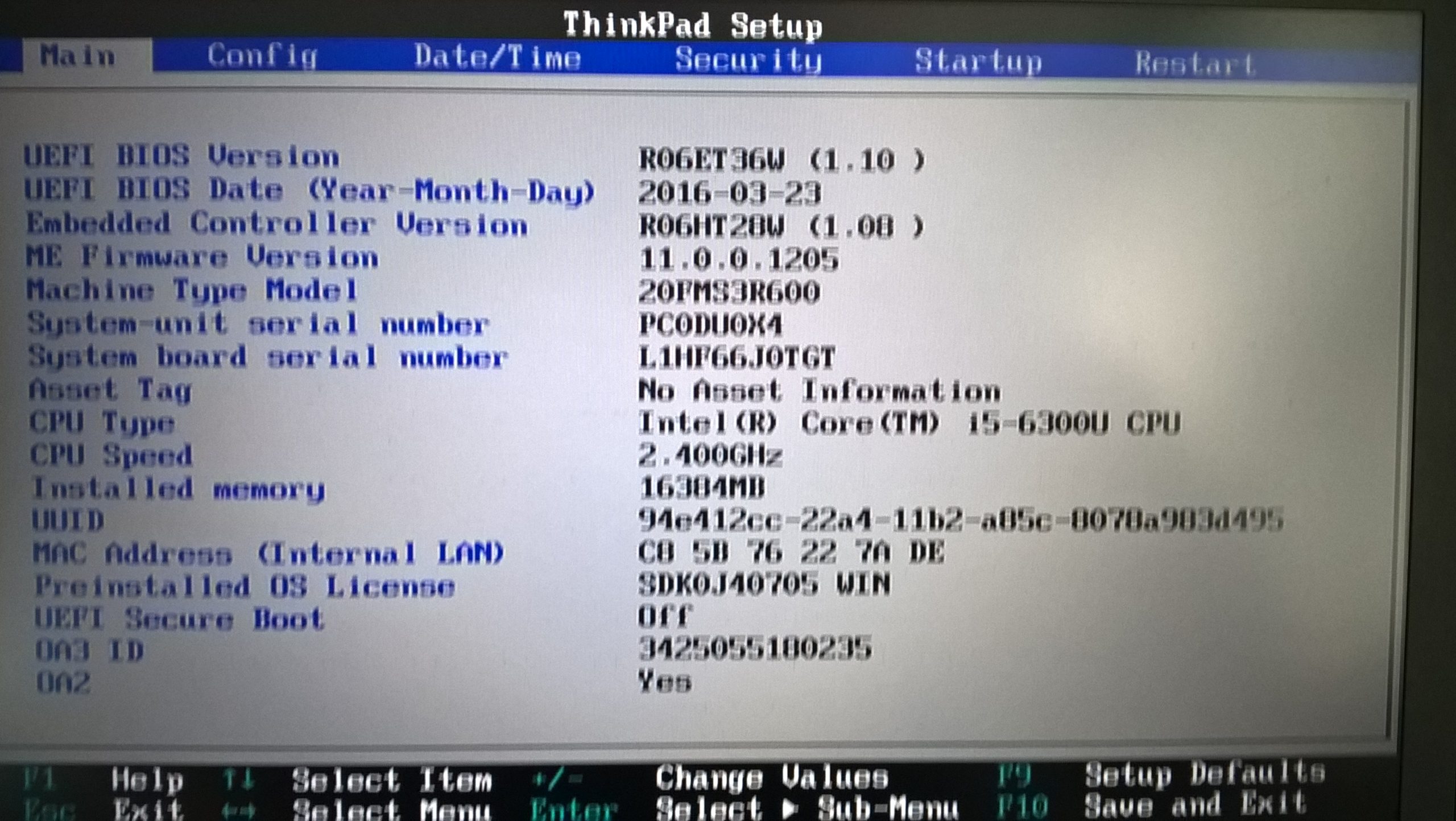Rethinking Cybersecurity: How Google Automates Threat Detection
In an age where cybersecurity threats loom large, Google’s innovative approach to security operations is nothing short of groundbreaking. Their recent SecOps report reveals that a staggering 97% of their security events are managed by automation, with human analysts intervening in a mere 3%. This statistic alone serves as a testament to the power of technology in safeguarding digital landscapes.
Here are some key takeaways that highlight Google’s pioneering strategy:
-
Effective Management of Extensive Linux Systems: Google’s detection team oversees one of the largest fleets of Linux systems in the world, achieving impressive threat dwell times of just a few hours—significantly faster than the industry standard, which often spans several weeks.
-
Integrated Roles for Detection Engineers: In a refreshing departure from traditional models, Google’s detection engineers are responsible for both creating and assessing their alerts. This eliminates the usual divide between teams, fostering a more cohesive and efficient approach to security.
-
Enhanced Productivity Through AI: By leveraging artificial intelligence, Google has successfully reduced the time spent on drafting executive summaries by 53%, all while retaining the quality of the information shared.
What is particularly remarkable is Google’s shift from a reactive approach to security towards a proactive engineering discipline. This transformation emphasizes the importance of automation and programming skills over conventional security training, prompting us to ask: Will traditional cybersecurity roles evolve into positions more aligned with engineering principles?
For those interested in exploring these themes further, I invite you to join me weekly as I share insights and trends pertinent to cybersecurity leaders in my newsletter. Stay ahead of the curve and subscribe at mandos.io/newsletter.
Share this content:



